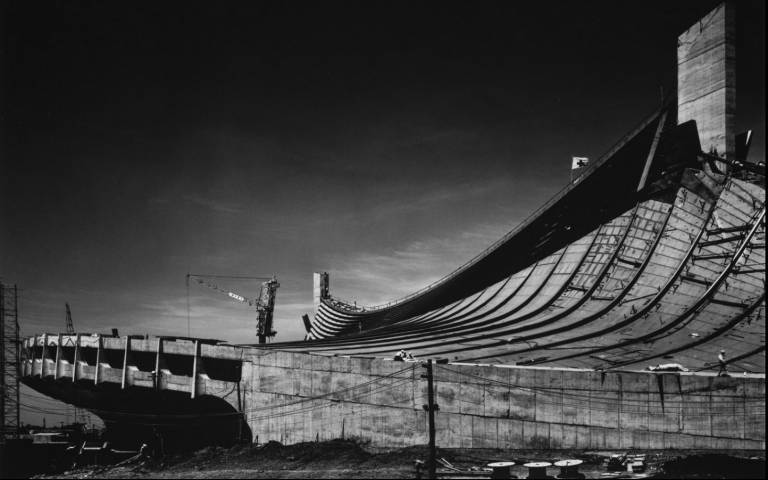
Research
Subject
Writing the Liberal Script, Designing the International Society: Postwar Liberalism and Japanese Architecture, 1949-1995
Primary and secondary supervisors
Abstract
After the Second World War, liberal principles have been fundamental in developing principles by which societies became part of a new international order. Largely derived from the language of political liberalism, universal ideals articulated in terms of democracy and human rights sought to reorganise the international society in the aftermath of atrocities conducted in the name of nationalism.
This development of the ‘liberal script’ produced a variety of conflicting visions expressed in different political projects across the globe. As liberalism went global, one of the contestations concerned the extent to which universal liberal values were placed over popular sovereignty. ‘Thicker’ liberal theories in political philosophy downgraded the normative relevance of national borders in favour of individual rights as universal standards, while movements of decolonisation in the global South stressed sovereign equality, non-domination, and national self-rule within a ‘thinner’ liberal framework.
Considering how a complex variety of liberal languages came into conflict in their search for principles of the international society, this research uncovers how key architectural designs in post-war Japan similarly evolved as a series of conflicting liberal visions. When liberal and democratic Japan found itself transformed through design, architectural projects such as the Hiroshima Peace Memorial Park (1949-55) and the Yoyogi National Stadium (1961-64) built for the 1964 Olympic Games, both designed by Kenzō Tange, reintegrated the nation into the international community. Whereas Tange aimed to demonstrate that modernist architecture as a reflection of liberal values was compatible with nationalist expression by incorporating elements of traditional Japanese architecture, one of his former students, Arata Isozaki, responded with a more universalist stance by articulating architectural and urban designs for Asian countries based on the idea of the European Union.
Against the backdrop of the friction between universal liberal semantics and the nation-state through which a wide range of liberal languages emerged, this research seeks to understand how post-war Japanese architects wrote distinct versions of the ‘liberal script’ into their designs and, by doing so, contributed to a set of liberal languages that closely corresponded to continuities, tensions, and variations of broader liberal developments in the making of the international society.
Biography
Duy Mac is a PhD candidate in Architectural and Urban History & Theory at The Bartlett School of Architecture, University College London from where he also obtained his MA in Architectural History. Previously, he read philosophy at the Ludwig-Maximilians-Universität München and worked as research assistant at the RWTH Aachen. He was also contributing editor and correspondent for DETAIL Magazine. His doctoral thesis explores how the language of political liberalism within the context of the international society shaped post-war architectural design in Japan.
Image: Ishimoto Yasuhiro, Yoyogi Gymnasium by Tange Kenzo.
Collection of The Museum of Art, Kochi
© Kochi Prefecture, Ishimoto Yasuhiro Photo Center
 Close
Close

